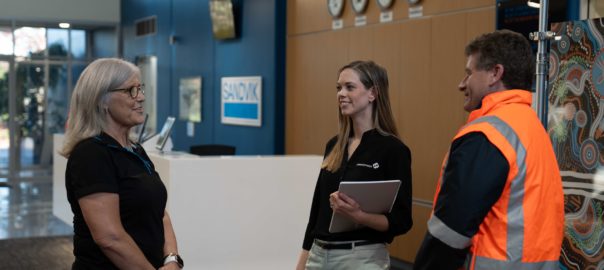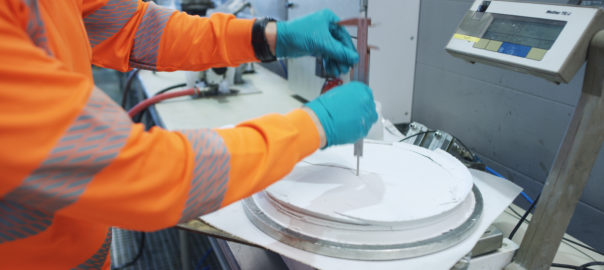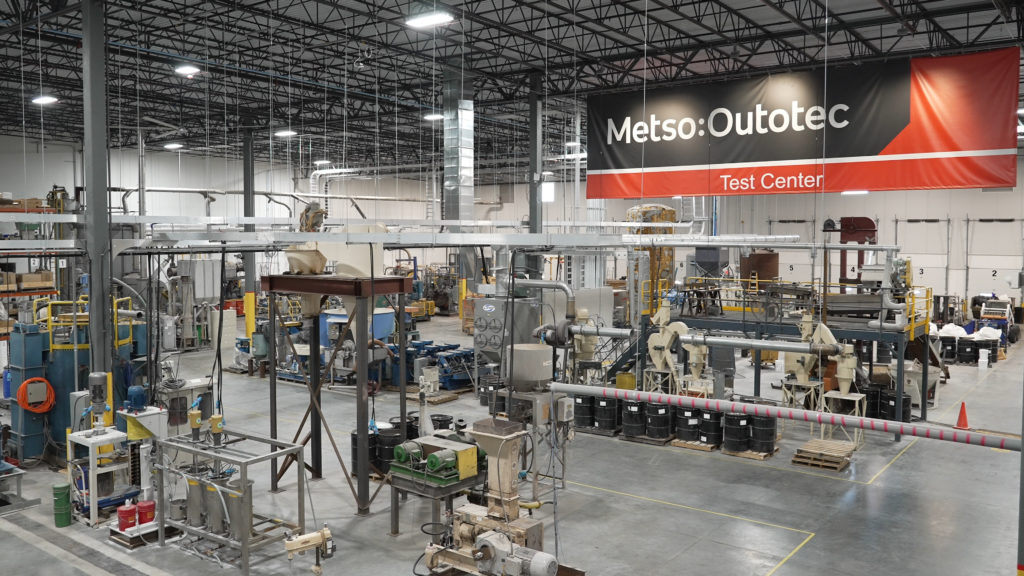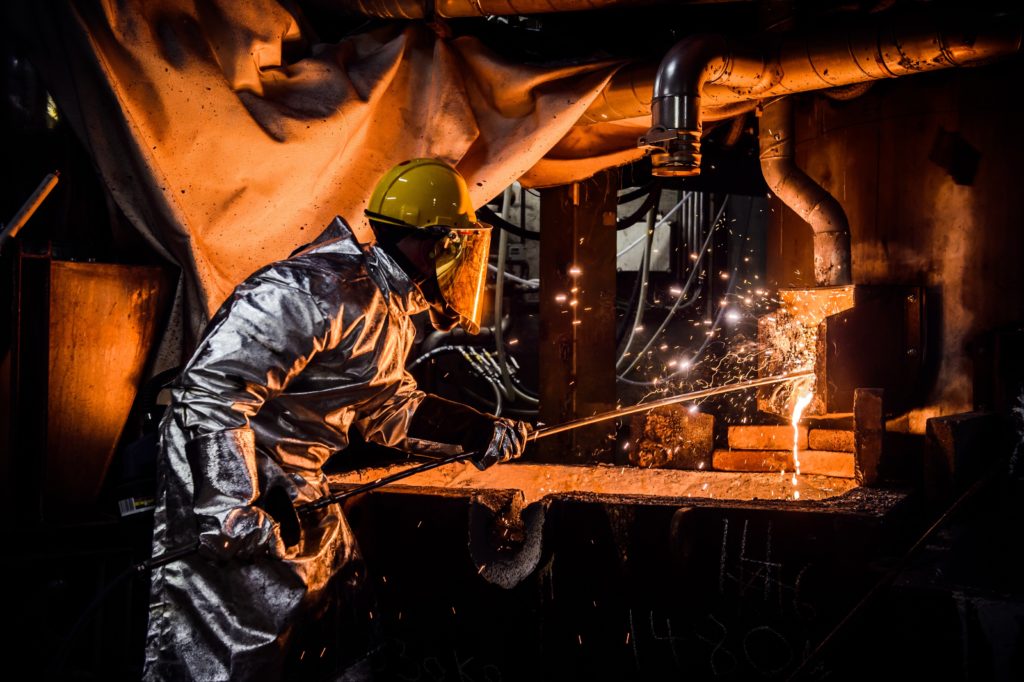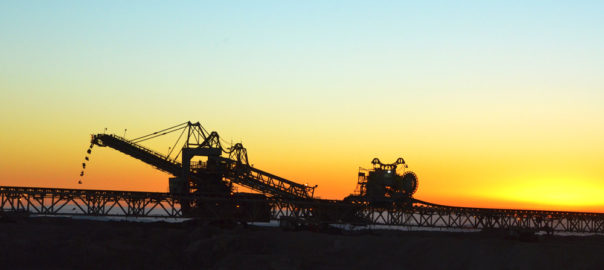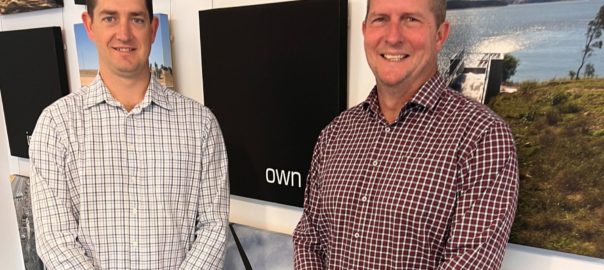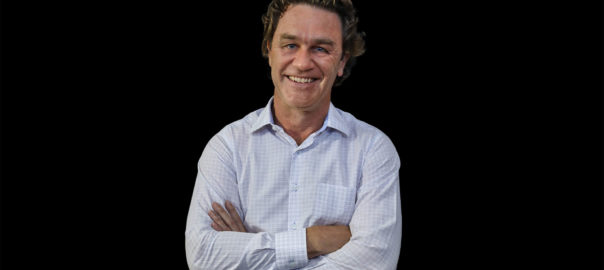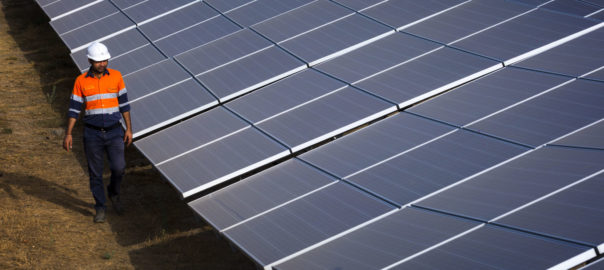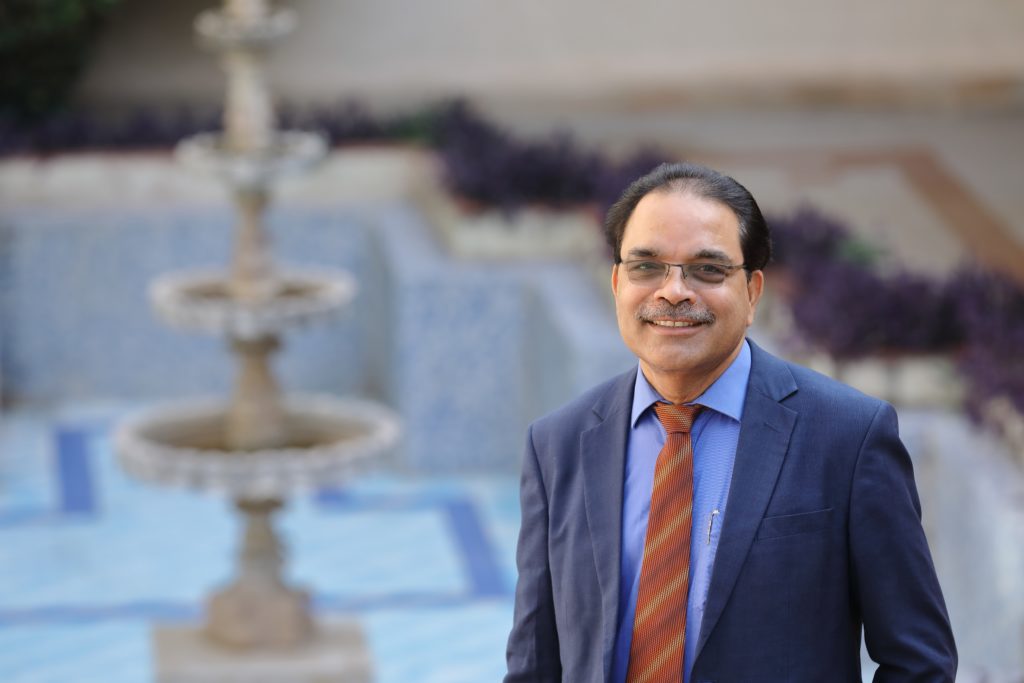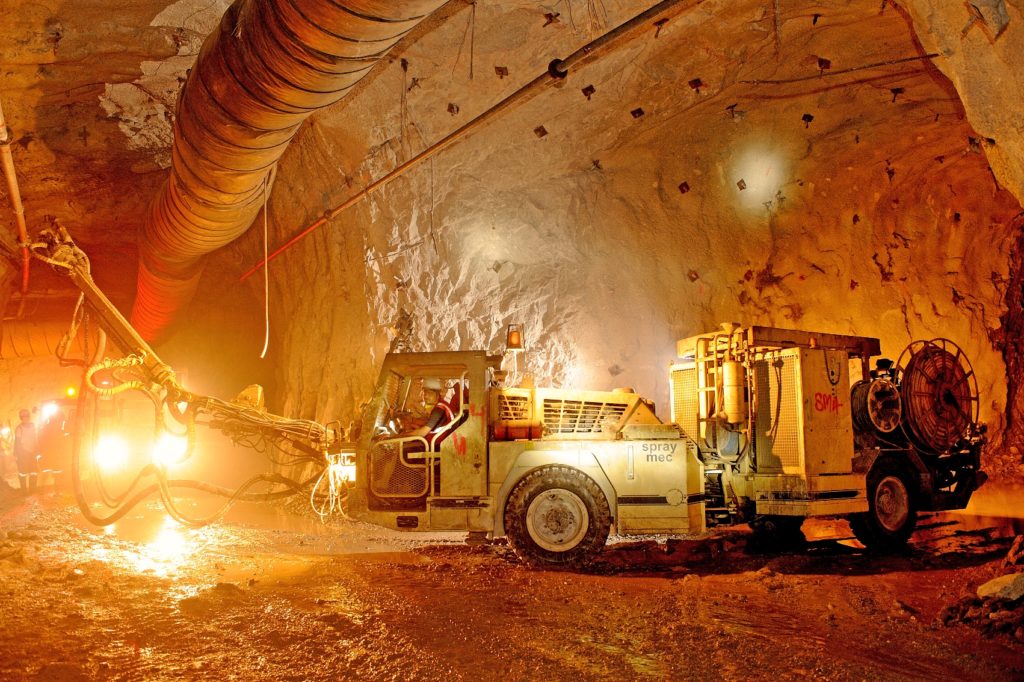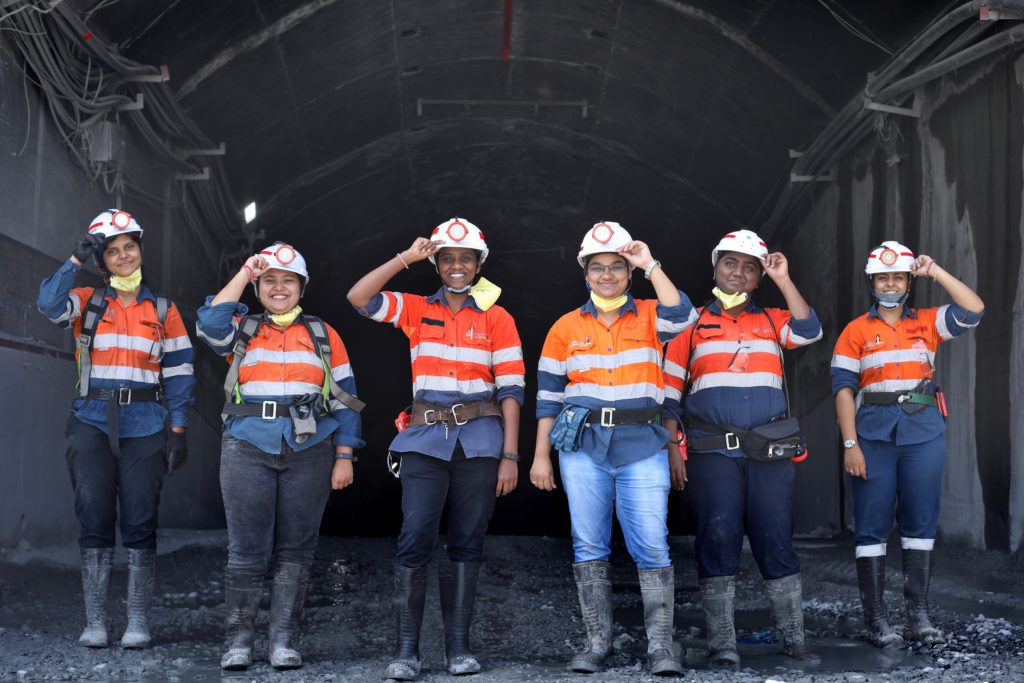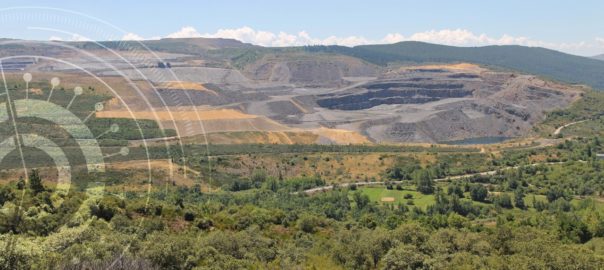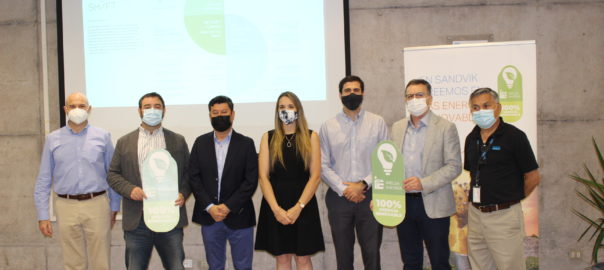The next step in the integration of SP Mining – the mining-related business of Schenck Process acquired by global, high-tech engineering group Sandvik – will see SP mining entities change their names to reflect their new ownership.
On October 1, Schenck Process Australia Pty Limited, which became a wholly-owned subsidiary of Sandvik in November last year, will become Sandvik Rock Processing Australia Pty Limited. The Australian entity is the largest part of SP Mining’s global business, employing around 450 industry professionals.
Since the acquisition, Sandvik has been focused on bringing together its expertise in crushing with the screening, feeding, weighing and loading know-how of Schenck Process Mining.
According to the company’s President Asia Pacific, Terese Withington, this move is part of an integration process that will eventually see SP Mining become a seamless part of the Sandvik organisation.
“In Australia, we are bringing together our sales and back-office teams with those of Sandvik Rock Processing Solutions to allow our customers to access our combined expertise in crushing, screening, feeding, weighing and loading,” she said. “Together we aim to deliver even better digitalisation, sustainability and productivity solutions to our industry.
“The end goal of our integration is to allow our customers to place combined crushing, screening, feeding, weighing and loading orders with our new legal entity.”
Withington says the scale of Sandvik’s operations and commercial reach will help to accelerate the combined innovation portfolio of Sandvik Rock Processing Solutions and SP Mining.
She concluded: “We look forward to continuing to service the business needs of our customers and remain fully focused on the delivery of high-quality equipment, consumables, OEM spare parts and services to help them achieve their business objectives.”







